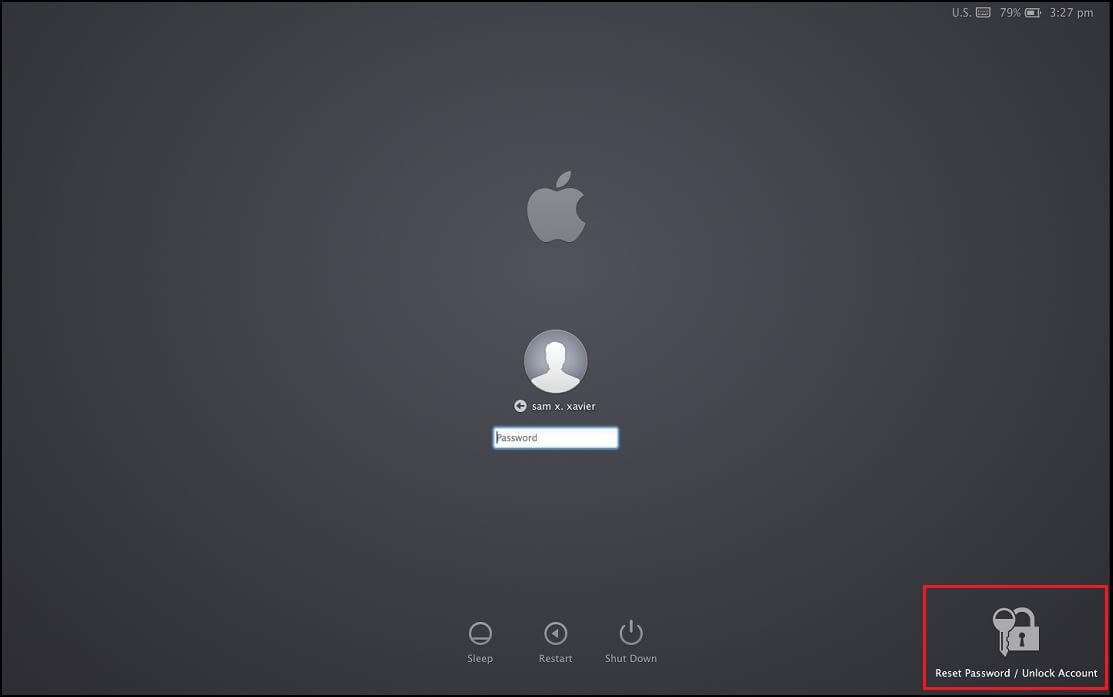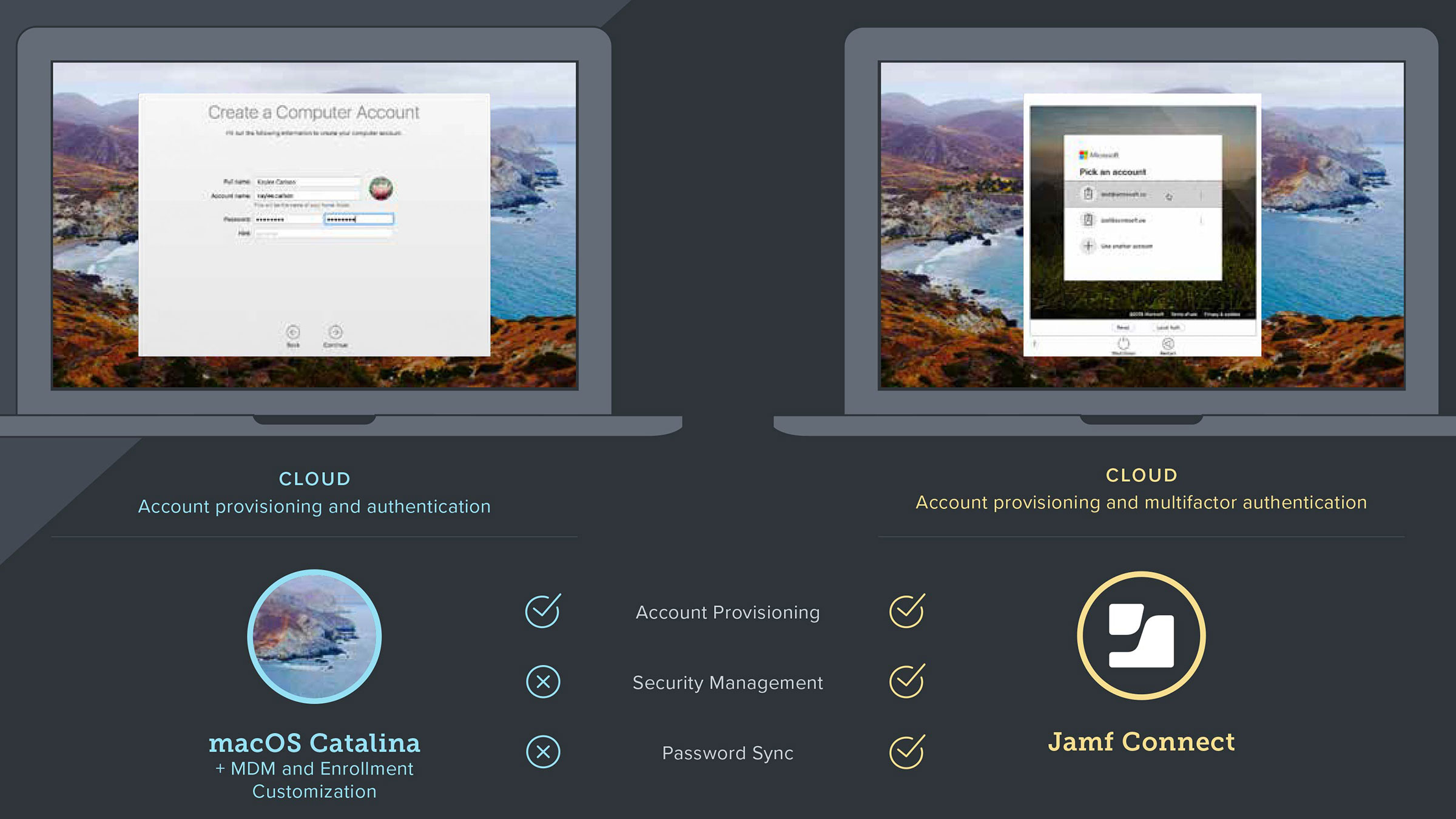

- Mac os active directory authentication for mac#
- Mac os active directory authentication install#
- Mac os active directory authentication driver#
- Mac os active directory authentication password#
Other lookup values (device asset number, etc.) may not generate computer names that comply with Netbios Naming Conventions. Enter the Client ID in a format that is allowed by the directory you're attempting to bind. Use "administrator" only, do not use "domain\administrator."Įnter the identifier associated with the device in the directory. Administrator credentials should not include the domain. Choose Authentication settings including: SettingĬhoose Active Directory or Open Directory or LDAP from the drop-down menu.Įnter the credentials of the administrator used to authenticate and bind the device to the server.
Mac os active directory authentication password#
If your password policy is being managed by your directory for network users logging into the devices, Workspace ONE UEM does not recommend a passcode policy. Hope this helps you avoid some headache and get to your data quicker.If multiple profiles enforce separate policies on a single device, the most restrictive policy is enforced.
Mac os active directory authentication driver#


Mac os active directory authentication install#
Mac os active directory authentication for mac#
What’s the equivalent for Mac users in Active Directory orgs? I’m not aware of anything as easy as Windows Credentials Manager on macOS – you could try going into the terminal and using kinit to get a Kerberos ticket authenticating as your other userID/domain, but depending on the app you’re using, this may still get ignored in favour of your primary credentials (this was my experience e.g. If you have access to a Windows machine or VM in your org, you can stop reading here! Windows has a straightforward way to stay logged in as one user/domain while presenting different credentials depending on the service you’re connecting to: Credentials Manager. As orgs get better at integrating and sharing resources between teams, we increasingly have scenarios where you can’t just log out & in with another ID – rather you need to simultaneously connect to services in different domains, e.g.

Why?Ī large organisation using Active Directory often uses a separate domain for each division of their organisation, and likely also separate domains for development and production resources & environments. I’ll describe a workaround for one such issue here. As Mac adoption increases, and with new developers starting their first job on Macs, some very niche issues – the sort that would affect less than 0.01% of the workforce, who were probably expert enough to deal with it – have become common problems affecting entire teams. Nowadays, MacBooks are becoming increasingly common in large orgs as an option for all staff. In the old days, the only place you’d find a Mac in a large organisation was in the design team – they’d be self-supported and incompatibility issues with the rest of the Windows org would be an unavoidable fact of life.


 0 kommentar(er)
0 kommentar(er)
